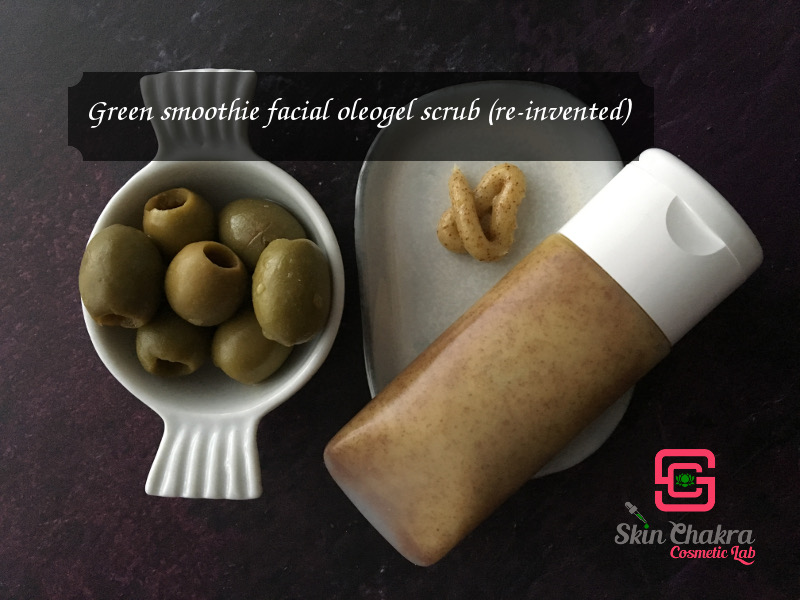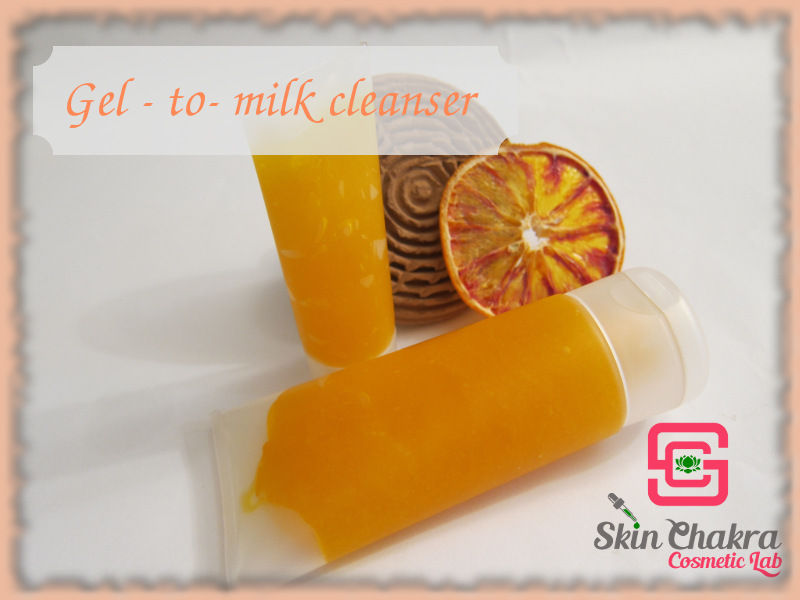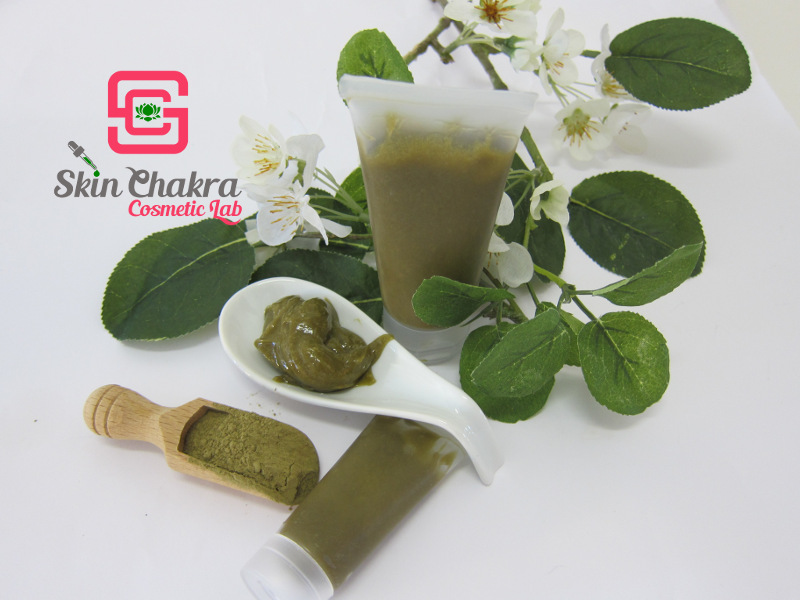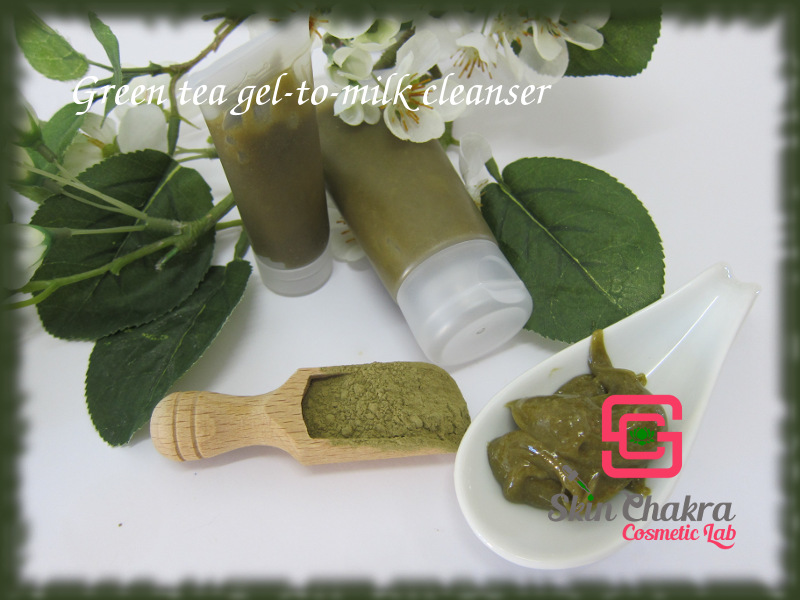"Gel-to-milk" and "oil-to-milk" are still among the most popular cleansers in "natural & organic" scene. You can create countless fun and effective products and depending on the packaging, you can even create preservative-free products.
In this post, we're sharing a green tea gel-to-milk cleanser with you but before jumping into the tutorial please go and read our previous posts for some background information and detailed procedure about the system:
Green smoothie facial oleogel scrub (Guest Post)


About the formulation:
This is (unfortunately) a hot process. Use oils with a low iodine value and high thermal stability. You can post-add about 5% of the formulation and can keep your essential oils, CO2 extracts and sensitive oils for this phase.
I'm using a calendula extract in castor oil, Moringa oil and a very low concentration of tamanu oil (it's s lovely oil but the scent is a killer). These oils have cleansing, soothing and antibacterial properties.
To improve the soothing and anti-inflammatory properties, I've added CO2 extracts of borage, evening primrose, curcuma and German chamomile. My active ingredient is a naturally derived proprietary blend against sebum and finally I have rounded up the formulation with essential oils of wintergreen, tee trea and cedar wood for their anti-inflammatory, antibacterial and soothing properties.
Formulation:
| Phase A |
|
| Organic and palm-free (99,8%) glycerine |
55,0% |
| sucrose stearate |
2,0% |
| Phase B |
|
| Calendula extract in Castor oil |
19,7% |
| Moringa oil |
15,5% |
| Tamanu oil |
1,0% |
| Green tea powder |
2,5% |
| Phase C |
|
| Evening primrose CO2 extract |
1,0% |
| Borage CO2 extract |
1,0% |
| Natural active decalact sebum |
1,0% |
| Natural tocopherols |
0,5% |
| Oranic rosemary CO2 extract |
0,1% |
| Organic Chamomile CO2 extract |
0,2% |
| Curcuma xanthorrhiza CO2 extract |
0,1% |
| Organic tea tree oil |
0,1% |
| Organic wintergreen oil |
0,1% |
| Organic cedar wood oil |
0,2% |
Procedure:
1- Blend glycerine and sucrose stearate in a beaker. The dispersion would be easier and better if you keep this beaker at room temperature for 1-2 hours before heating it.
2- Blend all the ingredients of phase B and C is separate beakers.
3- Put both phases A and B in the water bath at around 70-75 oC.
Sucrose stearate would neither melt nor dissolve in glycerine, it just swells to make a kind of white paste
4- Slowly and little by little add the oil phase to the glycerine phase (both beakers are still in the water bath). Blend completely before adding the next aliquot. Blend the oil phase to keep the green tea powder suspended.
5- After the whole oil phase is added to the glycerine phase stop heating and remove the beaker from the bath. Stir gently to avoid foaming
6- Stir further till the temperature drops <40 oC. Now add the cold oil phase which consists of your heat sensitive oils, plant extracts and the essential oils.

7- The product has a viscosity between a rich cream and a gel. You can pour it in a tube, a squeeze bottle or a cream jar. Cream jar is probably not the best solution because adding water to the content is inevitable and hence:
a- the microbial stability of the system would be compensated
b- the appearance of the product changes because it turns to a milk by adding water
We've filled our in tubes.
Hope you'll enjoy making this fun product. Looking forward to see your creations.
BeHappy and have fun
8- Keep in mind that the viscosity increases as the product cools down, it is easier to fill it as long as it is still warm





